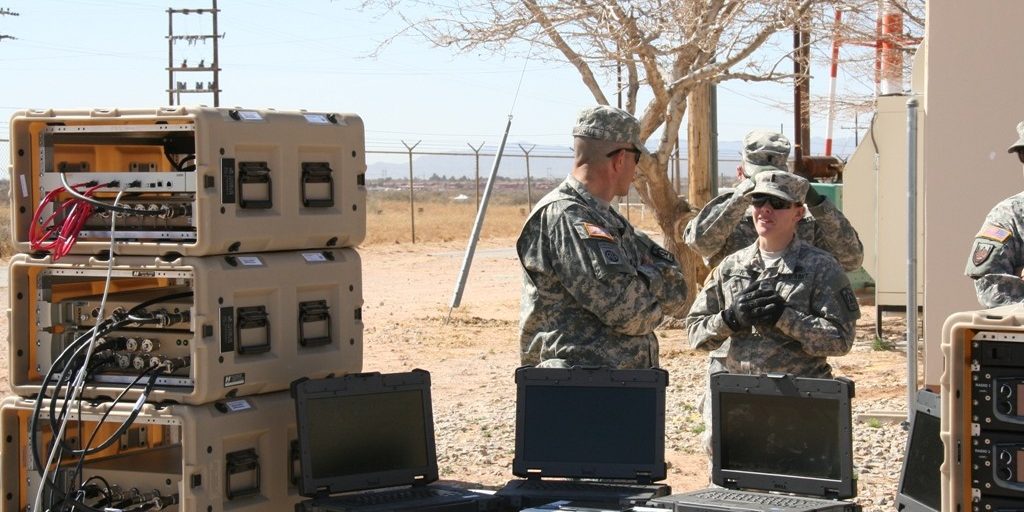9. Conclusion:
Despite the fact that 4G LTE architecture has a strong security framework developed by the 3GPP, MNOs have an essential role in security management of LTE networks through design, deployment and operations. MNOs cannot be complacent about LTE security and need to actively protect the multiple entry points into the LTE network (Figure 4). 4G LTE brings with it increased complexity in security management for the MNO, however, with proper diligence MNOs can minimise the impacts of various security threats. It is well known that security is a moving target that needs continuous attention and investment to keep abreast of the changing threatscape. Security is an integral part of the business lifecycle of MNOs and will continue to remains as such with the adoption of 4G LTE services and technologies.
Figure 4: Entry points in LTE, security threats, security management for MNOs
Author’s Note: Opinions expressed in this paper are the author’s and not those of Bell Canada.
Acknowledgement: The author would like to thank Tyson Macaulay, VP Global Telecommunications Strategy, McAfee (Intel), for inspiration, guidance and insights shared.
References:
- P. Mottishaw, “Policy control and charging for LTE networks,” Analysis Mason, 2009.
- 3rd Generation Partnership Project, “TS 33.401: System Architecture Evolution (SAE); Security architecture. Network, ver.11.2.0, release 11.,” 3GPP, 2011.
- Global mobile suppliers association, “Status of the LTE Ecosystem,” March 2013.
- S. Téral, “LTE market nearly doubling in 2013,” Infonetics Research, Campbell, California, March 2013.
- Global Suppliers Association, “GSA Evolution to LTE report: 163 commercial networks launched; 415 operators investing in LTE,” 7 April 2013. [Online]. Available: . [Accessed 14 September 2013].
- Ovum, “Mobile network sharing: a post-recession reality,” September 2010. [Online]. Available: . [Accessed 16 June 2013].
- H. J. W. Z. Chuanxiong Guo, “Smart-Phone Attacks and Defenses,” Microsoft Research.
- Deloitte, “Deloitte Technology, Media and Telecommunication Predictions 2013,” 13 Jan 2013. [Online]. Available:http://www.deloitte.com/view/en_GX/global/press/global-press-releases-en…. [Accessed 16 June 2013].
- McAfee, “McAfee Threat Report: Fourth Quarter 2012,” McAfee Labs, Santa Clara, CA, 2012.
- G. Escudero-Andreu, R. C-W. Phan and D. J. Parish, “Analysis and Design of Security for Next Generation 4G Cellular Networks,” PGNet, Loughborough, U.K., 2012.
- C.-E. Vintila and V.-V. Patriciu, “Security Analysis of LTE Access Nettwork,” in The tenth International Conference on Networks, Bucharest, Romania, 2011.
- M. Arapinis, L. Mancini, E. Ritter, M. Ryan, N. Golde, K. Redon and R. Borgaonkar, “New Privacy Issue in Mobile Telephony: Fix and Verification Computer and Communications Security,” ACM, vol. unknown, no. unknown, pp. 205-216, 2012.
- D. Lee and D. Won, “A study on Security Management Service System for Wireless Network Environment,” Applied Mathematics & Information Sciences, vol. 6, no. unknown, pp. pp209s-220s, 2012.
- Next Generation Mobile Network Alliance, “Security in LTE backhauling, ver 1.0,,” 29-02-2012.
- M. Donegan, “Light Reading: Docomo Counts Cost of Signaling Storm,” 22 February 2012. [Online]. Available: http://www.lightreading.com/core-network/docomo-counts-cost-of-signaling…. [Accessed 11 June 2013].
- M. A. Mobarhan, M. A. Mobsrhsn and A. Shahbahrami, “Evaluation of Security Attacks on Different Mobile Communication Systems,” Canadian Journal on Network and Information Security, vol. 3, no. 1, Aug 2012.
- 3rd Generation Partnership Project, “http://www.3gpp.org/,” 29 May 2011. [Online]. Available: http://www.3gpp.org/ftp/information/presentations/presentations_2011/2011_05_Bangalore/DZBangalore290511.pdf. [Accessed 3 June 2013].
- C. Kowtarapu, C. Anand, K. G. Guruprasad and S. Sharma, “Network Separation and IPsec CA Certificates-Based Security Management for 4G Networks,” Bell Labs Technical Journal, vol. 13, no. 4, pp. 245-256, 2009.
- 3rd generation partnership project, “TS 22.228: Service requirements for the Internet Protocol (IP) multimedia core network subsystem (IMS); Stage 1,” 3GPP, 2010.
- E. Belmekki, N. Bouaouda, B. Raouyane and M. Bellafkih, “IP Multimedia Subsystem: Security Evaluation,” Journal of Theoretical and Applied Information Technology, vol. 51, no. 1, 2013.
- D. Slezak and Y. Gelogo., ” Securing IP Multimedia Subsystem with the appropriate Security gateway and IPSec Tunnelling,”Journal of security engineering, 2011.



